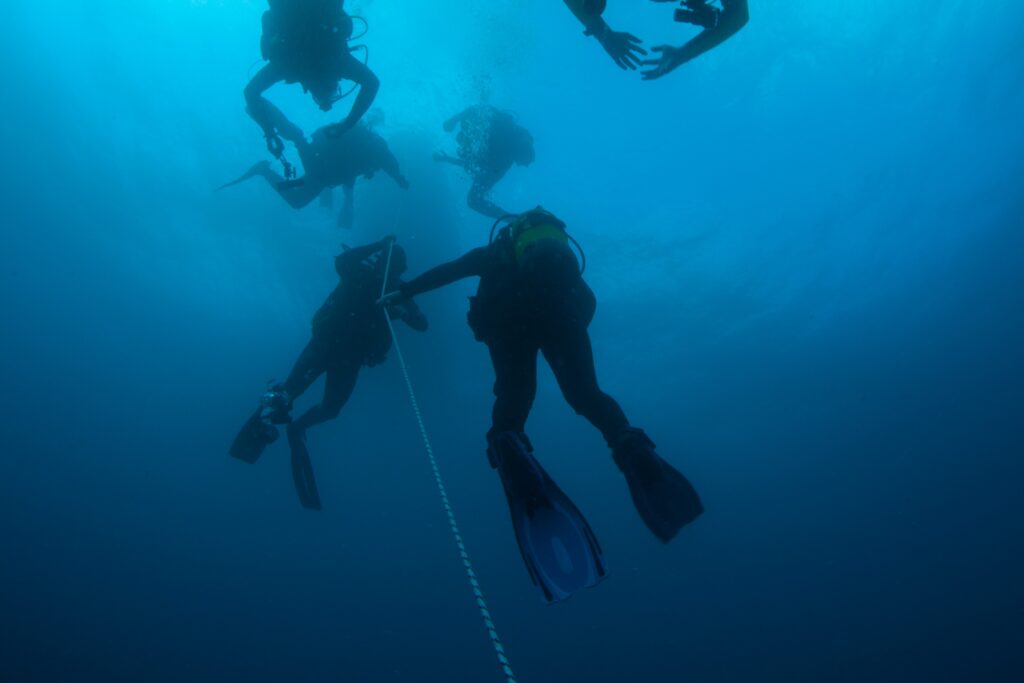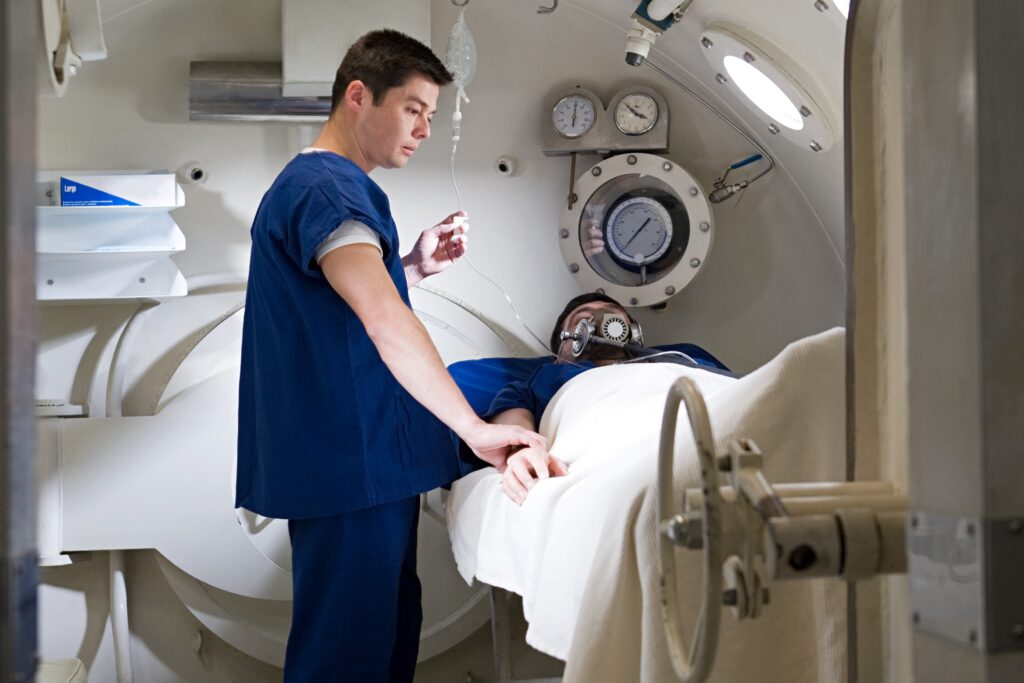What is a Decompression Stop in Scuba Diving?

A decompression stop is a critical part of the scuba diving ascent process. Decompression stops are designed to prevent the dangerous condition known as decompression sickness (DCS).
What is Deep Diving?

Deep diving is a specialized category of scuba diving that involves descending beyond 18 meters (60 feet) underwater.
What is a Safety Stop during Scuba Diving?

A safety stop is a voluntary pause during a diver’s ascent, usually lasting around 3 minutes and occurring at a depth of approximately 5 meters (15 feet).
What is Decompression Sickness (DCS)?

What is Decompression Sickness (DCS)? Decompression sickness, commonly referred to as DCS or “the bends,” is a medical condition that occurs in scuba divers when they ascend too rapidly or fail to follow proper decompression procedures during their dive. The condition results from dissolved nitrogen gas leaving the body tissues and forming bubbles when the […]
What is Bottom Time when Scuba Diving?

Bottom time is an essential concept in scuba diving refers to the time a diver spends submerged underwater, beginning from the descent below the surface until the start of their ascent.
What is it to “Call a Dive” When Scuba Diving?

In scuba diving, the term “call a dive” refers to the decision to end a dive and return to the surface. This decision is a critical aspect of dive safety and can be made by the diver, their buddy, or the dive leader. The rationale for calling a dive can vary from diver safety concerns to environmental changes, but it always centers on ensuring the well-being of all involved. By understanding when and why to call a dive, divers can prevent potentially dangerous situations and avoid unnecessary risks.
What is Absolute Pressure in Scuba Diving Context?

Absolute pressure, a term frequently used in the field of scuba diving, refers to the total static pressure at a particular point. It is a vital concept that divers need to understand and appreciate to ensure safety during their underwater adventures. In technical terms, absolute pressure is the sum of the atmospheric pressure and the pressure due to any fluid column above the point of measurement. It is always measured relative to a perfect vacuum, which is devoid of all matter and hence bears a pressure of zero.
What is an Adjusted No Decompression Limit?

Adjusted No Decompression Limit (ANDL) is a time calculation used in scuba diving to manage a diver’s exposure to nitrogen during repetitive dives. Essentially, it’s the adjusted maximum duration that divers can stay at a certain depth without needing decompression stops during their ascent. This time limit is influenced by the residual nitrogen accumulated in the diver’s body from previous dives.
What is Arterial Gas Embolism (AGE)?

Arterial Gas Embolism (AGE) is a potentially fatal complication that can occur during scuba diving, characterized by gas bubbles entering the arterial circulation. When these gas bubbles block blood vessels, particularly in the brain or heart, it can lead to immediate symptoms and rapid clinical deterioration.
What is Aggressive Decompression when Scuba Diving?

What is Aggressive Decompression when Scuba Diving? Aggressive decompression, a pivotal term within the realm of scuba diving, represents a decompression schedule intending to shorten overall decompression time for a given pre-ascent dive profile. This practice operates on a delicate balance, accepting the increased risk of decompression sickness to diminish overall ascent time, which can […]
